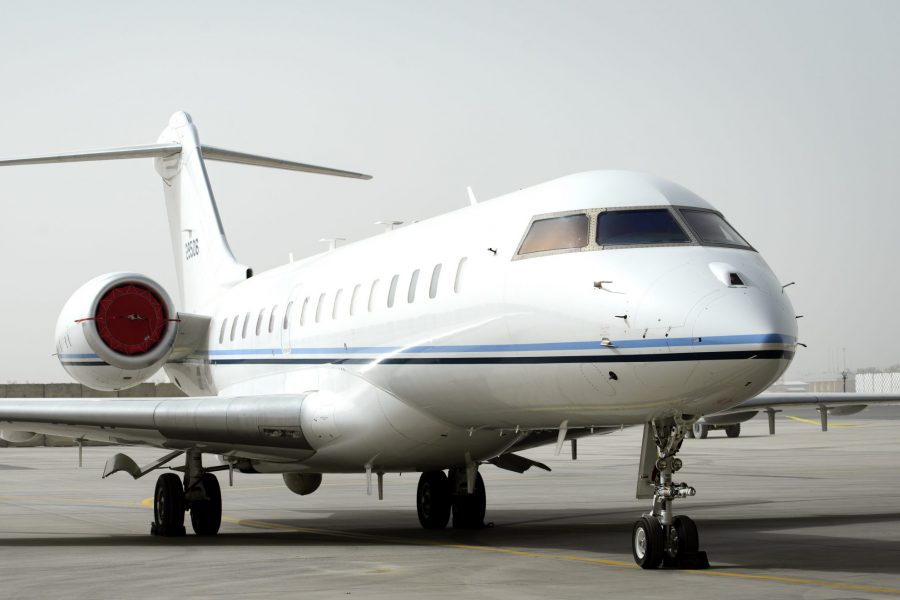A three-month continuing resolution that ended in December inflicted less pain on the Department of the Air Force than it had expected, as procurement and construction continue in the new year.
The federal government operated under a stopgap spending measure that stretched from the beginning of the fiscal year on Oct. 1 to Dec. 27, when former President Donald J. Trump signed the fiscal 2021 funding bill into law.
Under the CR, the Air Force warned it risked being placed on a waiting list to purchase manned E-11A Battlefield Airborne Communications node jets that are used to share data during combat missions. The service planned to buy five new planes from Bombardier starting in fiscal 2021 to replace the EQ-4B, a variant of the Northrop Grumman Global Hawk drone that also flies the BACN mission.
“The contract award for the procurement of an E-11 aircraft was delayed six months; however, negotiations are now proceeding and no additional delays are anticipated,” Air Force spokesman Capt. Jacob N. Bailey said in a Jan. 19 email.
That contract should be inked by the end of March, and the plane is on track for delivery by the end of June.
“No cost impacts are expected,” Bailey added. “There are no immediate operational impacts due to delayed procurement.”
In the meantime, the Air Force also awarded Northrop a five-year, $3.6 billion contract for BACN operations and sustainment. The funds cover use and upkeep of the current aircraft and their communications hardware, plus research for future payloads.
The Air Force also warned last fall that a CR would drag out construction of the Consolidated Space Operations Facility at Schriever Air Force Base, Colo., a larger building for troops that control satellites and radars and gather intelligence.
“The project is still in design and not impacted by the … CR,” Bailey said. “Construction is estimated to be complete in early 2025 based on current timelines. There are no anticipated cost increases at this time due to the recent CR.”
Continuing resolutions block federal agencies from starting new programs and buying more resources than they were allowed to in the previous year’s budget, among other restrictions. The Air Force said a yearlong stopgap would have blocked 48 new programs, cut production increases for seven aircraft and weapons, stopped 19 construction projects, limited hiring, and curbed the service’s measures to fight the coronavirus pandemic, among other effects.
Officials have indicated they will need to work through the ripple effects with the Biden administration and a new Congress.
“[A CR] doesn’t help us accelerate change, or be able to do things a bit faster with some predictability,” Air Force Chief of Staff Gen. Charles Q. Brown Jr. said in September. “It will cause us to take a step back and then have to take a relook, realizing that no matter who gets elected in November, we will actually continue to work through this.”
